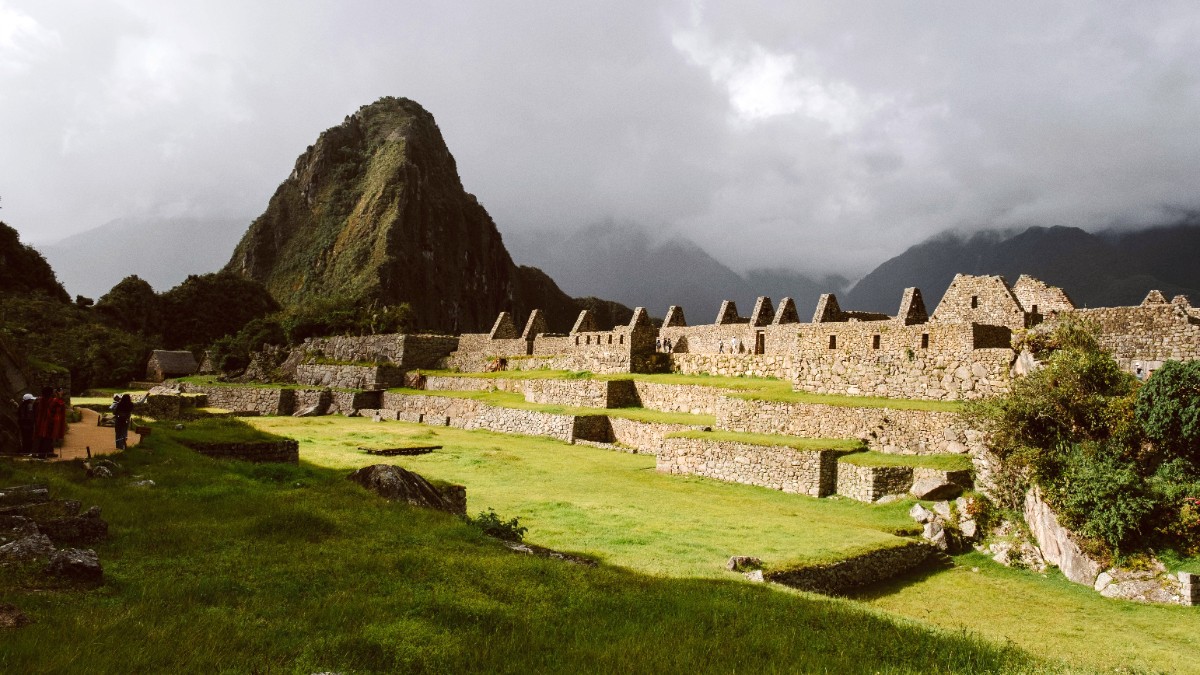
Peru
This guide navigates all aspects of your travel. It covers the best times to visit, money management, and essential health information. You learn what to pack, how to get there, and how to move around once you arrive. We list local cuisine, recommend accommodations, and list important attractions. Discover exciting activities, plan day trips, and find practical tips for a smooth adventure. This resource helps you travel responsibly, ensuring your visit respects the local environment and communities. Use this guide to make your Machu Picchu travel dreams a reality, equipped with knowledge and practical advice.
The Inca Empire constructed Machu Picchu in the mid-15th century. Emperor Pachacuti, believed to be the driving force behind its creation, likely used it as a royal estate or sacred religious site. Its design showcases the Inca’s advanced understanding of astronomy, agriculture, and engineering. They built structures using precisely cut stones, fitting them together without mortar, achieving remarkable seismic stability.
The site fell into disuse around the time of the Spanish conquest in the 16th century. American explorer Hiram Bingham brought it to international attention in 1911. His "discovery" sparked widespread interest and scientific exploration. Since then, archaeologists and historians have worked to uncover its secrets, revealing the complexity and sophistication of Inca society. Machu Picchu holds immense historical value, offering a window into one of the most powerful pre-Columbian civilizations in the Americas.
Machu Picchu sits in the Cusco Region of Peru, specifically within the Urubamba Province. Its precise location is on a mountain ridge, approximately 2,430 meters (7,970 feet) above sea level. The site rests above the Sacred Valley, a fertile area carved by the Urubamba River. This river nearly encircles the citadel, forming a dramatic canyon. The surrounding landscape consists of dense cloud forest, an unique ecosystem that thrives at this altitude.
The Andes Mountains define this region, shaping its climate, vegetation, and history. The peaks here reach impressive heights, with snow-capped summits visible from various viewpoints. The combination of high altitude and tropical latitude creates a distinct climate. It experiences two main seasons: a dry season and a wet season, each offering a different experience for visitors. The steep slopes and deep valleys create microclimates, adding to the region’s biodiversity. This varied terrain influenced Inca construction, allowing them to build terraces and drainage systems that continue to function today.
Cusco Region, Urubamba Province, Peru
2,430 meters (7,970 feet) above sea level
Urubamba River (nearly encircles the citadel)
Dense cloud forest
Mid-15th century (Inca Empire)
A trip to Machu Picchu promises an unforgettable experience. Your journey typically begins in Cusco, the former Inca capital, where you can acclimatize to the altitude and explore colonial architecture blended with Inca foundations. From Cusco, a train ride through the scenic Sacred Valley takes you to Aguas Calientes, the small town at the base of Machu Picchu. A short bus ride then ascends to the citadel itself.
Upon arrival at Machu Picchu, prepare to be amazed. Stone structures, agricultural terraces, and sacred temples spread across the mountain ridge. Follow designated circuits through the site, observing the Main Temple, the Intihuatana stone, and the Temple of the Sun. Guides tell stories and explanations, bringing the ruins to life. Panoramic views of the surrounding mountains and the Urubamba River canyon reward you at every turn. The air feels crisp, and the atmosphere often carries a sense of quiet wonder.
Beyond the main citadel, optional hikes like Huayna Picchu or Machu Picchu Mountain offer different perspectives and more strenuous climbs. The entire experience emphasizes exploration and reverence for history. Expect crowds, especially during peak hours, but also moments of quiet connection with the ancient world.
Plan your visit with care, and Machu Picchu will deliver a memory you treasure for a lifetime.
Beyond the main citadel, optional hikes like Huayna Picchu or Machu Picchu Mountain offer different perspectives and more strenuous climbs. The entire experience emphasizes exploration and reverence for history. Expect crowds, especially during peak hours, but also moments of solitude and deep connection with the ancient world.
The trip combines historical learning with physical activity and natural beauty, leaving a lasting impression.
Cusco (3,400m) and Machu Picchu (2,430m) present altitude challenges. Acclimatize slowly.
Machu Picchu entry tickets and mountain permits sell out. Book well in advance online.
The only land access to Aguas Calientes is by train. Book early for desired times.
Tread lightly to preserve Machu Picchu’s fragile ecosystem and historical integrity. Respect local customs and dispose of waste properly. Support local businesses and communities.
Your visit supports ongoing conservation efforts and local economies. Follow all site rules.